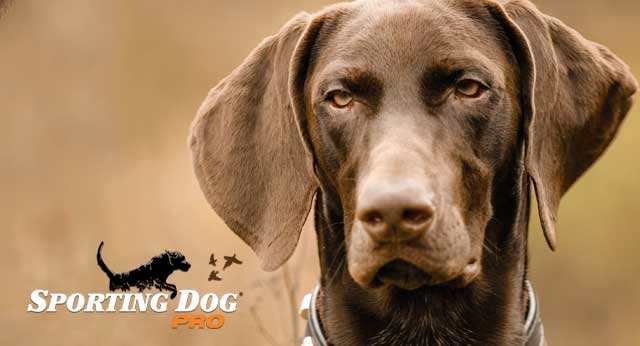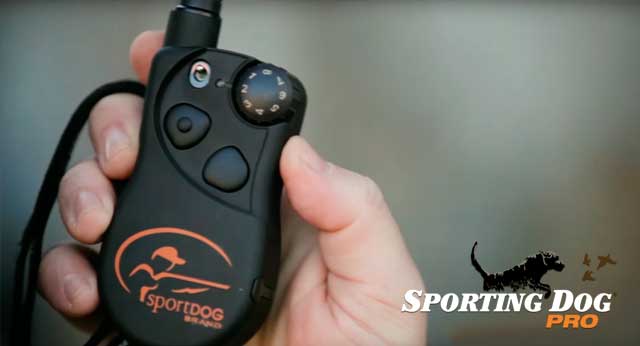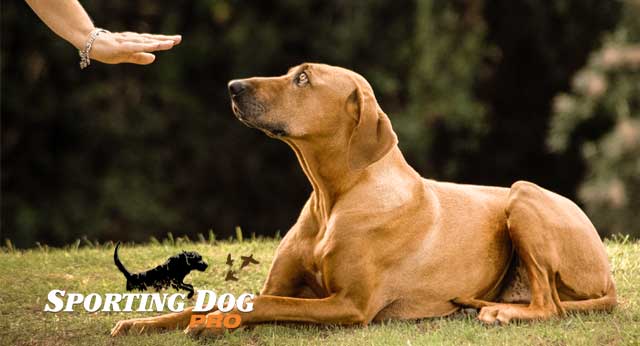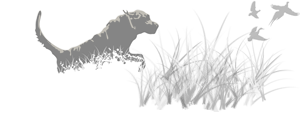You have no items in your shopping cart.
Pointers For Your Pointer
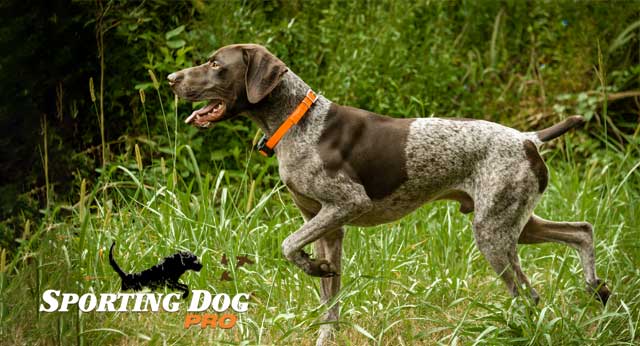
If there is one sight that gives most of us chills down our spine is the sight of a dog on point. It’s bone chilling because it’s so instinctive and it’s exactly what you want your pointer to do. The dog feels the same way. When a dog is on point his heart races and his actual body temperature rises. After a session of training a pointer can be physically exhausted from just the actual pointing.
What Does That Look Like?
You might ask, what does the perfect point look like? It looks something like this: When a dog freezes and stands completely still with his muzzle pointed forward, his front foot bent up and tail pointed as straight up as he can get it, looking straight ahead toward the “scent,” and holding that position until the hunter can shoot the bird and then he breaks only when you command him to go and retrieve the bird for you. It’s like having a detective go out before you and find your bird. A well bred pointer can sense the bird’s presence long before you can.
Even though pointing is a naturally bred instinct, it is important to train your dog on what to do with those instincts. A properly trained dog will look confident on point and almost unshakable. Nothing draws his attention away. He doesn’t chase or look at you. He stays steady and poised and lets you know that he is completely confident in what he is doing. Fine tuning and training is not only a pleasure to do, it is also rather simple, time consuming, but simple.
There are two schools of thought and I will address both of them. The most successful trainers we talked to use a combination of these two methods to succeed.
The Old Way
The old way still works. The old adage “If it ain’t broke, don’t fix it” still applies in this case. However, using the old technique but with updated equipment is a perfect combination for success. The most important part of teaching the proper point is to control your dog and to make certain the control is maintained throughout the process. Using a check chord to accomplish this control is still the best way to assure that the dog does not move. The problem that arises when you use the check cord is that once the dog is trained with a check cord and taught all the proper moves, he performs perfectly and then you take the check cord away. Chaos ensues because the cord, which was maintaining your control, is gone. The dog will typically and understandably revert back to his pre-cord reactions. Training a dog to properly point is all about reactions.
The New Way
A typical dog does not put much thought into his reactions. A pointer is a natural reactor, it is bred into his very being. The thing we want to correct is the fact that he reacts to anything like a squirrel, a child or a deer. Becoming distracted and reacting are one of the most common complaints from pointer owners. This is where the training collar comes in. A training collar is the absolute best method to correct and/or train reactions. You can easily correct him from reacting to the distraction and at the same time remind him of what he is supposed to be doing and get him back on track.
The Combination of Old and New
The only downside to a check cord is that it can get tangled in brush or thick grass and prevent your dog from being able to come back when you call. This is where having that beeper or tracker on him will help you to pinpoint his location. Avoiding areas that would allow your dog to get tangled is the ideal but, if that is where you need to train then you need to know the risk and be prepared.
Some trainers skip right over the check cord training or use it very briefly at the beginning when it comes to pointers because the training collar is so effective and involves less actual correction, believe it or not, than the old way. Even though your dog is allowed to be off-leash and virtually free, the collar helps you to maintain control and correct misbehavior immediately. Your dog will instantly connect the action that he just did to the correction he received instead of coming back to you to listen to a language he doesn’t really understand. Not to say you can’t train him that way because obviously it works, but speaking from experience, the training collar simplifies and accelerates the process. For example, our German Shorthaired Pointer, loves to chase squirrels and right in the middle of training he will run off and chase until his little heart desires. If he isn’t wearing his training collar then he finally comes back and gets punished, but in his mind, because he is a dog and although he is smart, he is still a dog, he is getting punished for coming back to me, because he has long forgotten about the squirrel that led him astray in the beginning. However, when he has his training collar on, the moment he gets distracted and takes off he gets corrected and it stops him dead in his tracks, he knows right then that what he did wrong was chasing the squirrel and he comes back to me and gets praise when he does so. It literally changes your relationship with the dog because he never learns to associate you with the correction. You get to enforce your commands and correct him without him ever realizing that you have all the power in your hands. Your dog will still maintain a healthy respect for you simply because you say the command and then you praise him when he obeys.
However, because of the control and power that the training collar gives you over your dog it actually makes using the check cord easier. So instead of throwing away your check cord you can enhance its power with the training collar by using the check cord to tug or pull your young pup back to you so he understands exactly what you want him to do when you ask him to come here, sit or other commands that will prove very important in the future. When it comes down to it, a combination of old and new techniques usually work the best and get you the quickest results that stick.

